Complex & Unique - Beef is Like Fine Wine
- Cathryn Kerns
- Nov 9, 2022
- 5 min read
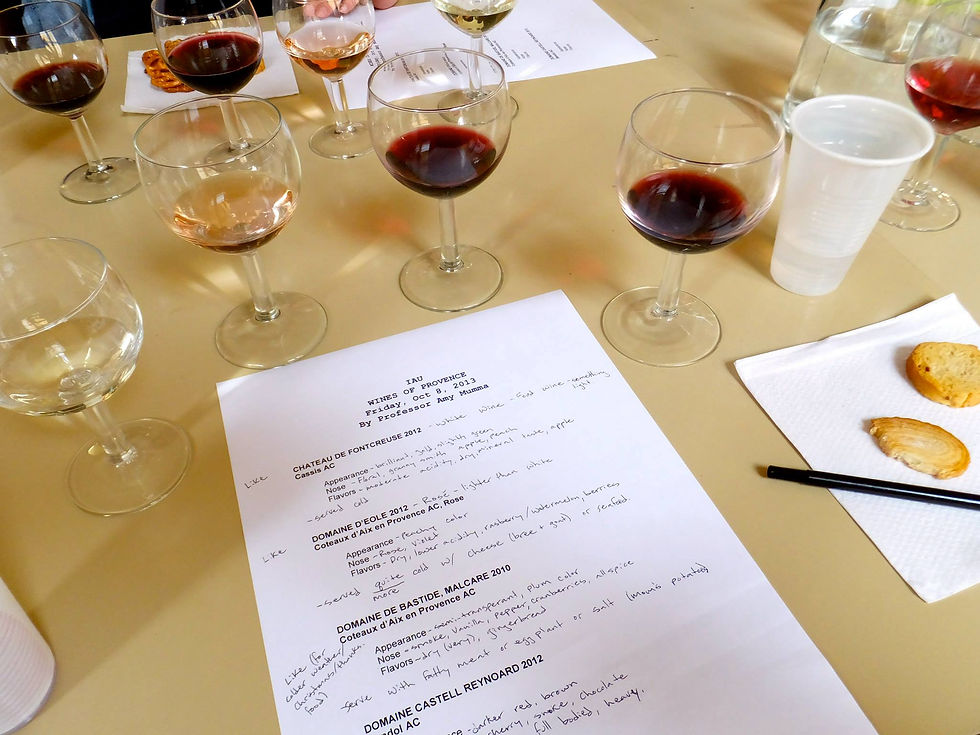
World of Wine
Once upon a time, in another life, I accidentally studied wine when I lived in the South of France and it changed my life.
Young and inexperienced in the world of wine, I thought wine only tasted like wine and didn’t have much interest in learning about it. But when the Dean at IAU in Aix-en-Provence, who mistook me for the other girl from Montana State University who was interested in studying viticulture and enology, offered me the opportunity to TA for and learn from the incredible Amy Mumma…
Um, how do you say no to that?
Does that not sound like the most French thing to do? Study wine in the South of France with a world-renowned sommelier?? Sign me up!
Both of us MSU girls ended up studying under Amy’s approachable and unpretentious tutelage and it 100% changed my perspective on the cultivation of wine. And food.
In her classes, we learned about all the different varieties of grapes and what wines they are used for. But even more complex- how the location of the vineyard and soil ph -either by the coast or planted on high desert plains, etc - affects the grapes, and therefore, the wine.

Then, add another layer of complexity when deciding to age the wine. Do you age it? If yes, do you age it in barrels made from new world oak or old world oak? For how long?
Did you know that you can taste the difference? In Amy’s advanced class, the student’s final exam was to blind taste wines and explain what type of grape, where it was planted, and whether or not it was aged in either new or old world oak barrels. So cool!
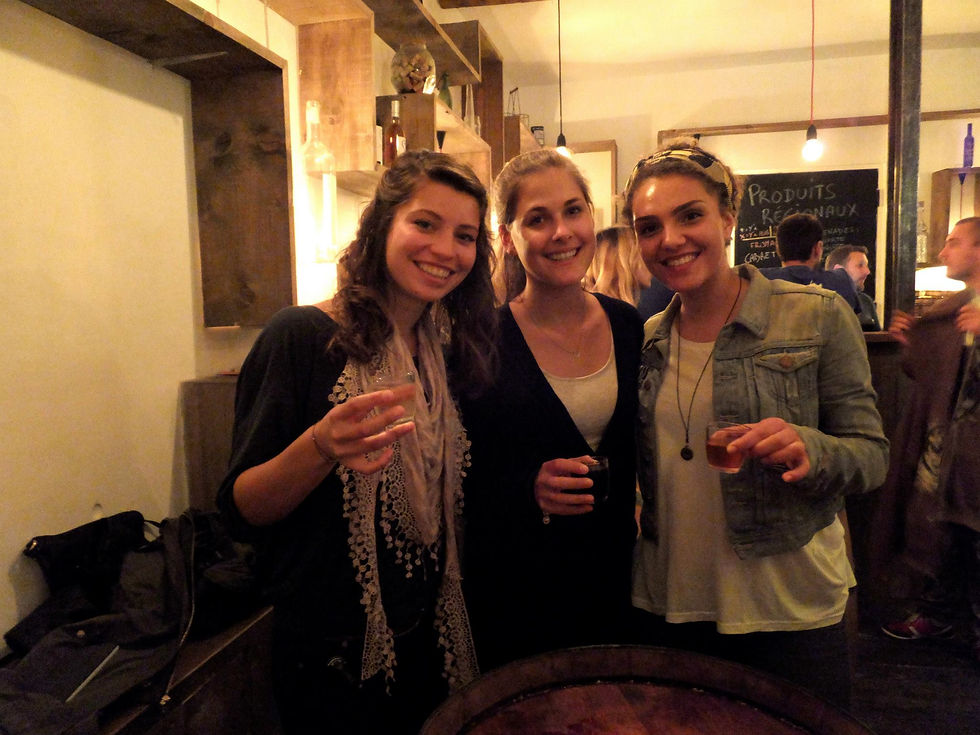
I remember being so giddy when our pallets were able to discern the subtle notes of blackberry that come from elements in the soil and the hint of vanilla that came from being aged in an oak barrel, while us two MSU girls were out tasting wine “in the wild” without our beloved teacher to guide us.
So here’s where it all comes back to beef, in case you’ve made it this far and are wondering “what the heck, I thought this was a rancher’s website”. Haha.
Business of Beef
Did you know that not all beef tastes the same?
I didn’t.
Before I married a rancher, I’d buy whatever cut I needed that day at the grocery store and I’d feel good about my choice because I paid more for the “lean ground beef” or the “organic” “grass-fed” whatever. ~I’ll have to rant on another blog about the nonsense of food labels later. When I write it, I’ll include a link here.~
I never truly noticed a difference in flavor, though. It all was the same kind of bland, watery, textureless beef no matter what I paid for it.
If that sounds like you, man oh man, I’m about to. Rock. Your. World.
Beef is just as complex and unique as wine.
From the breed we raise, to the grasses they graze, how animals are handled, whether they are grass-finished or grain-finished, if grain-finished- the type of grain used, what time of year the beeves are harvested, how long you dry-age it…
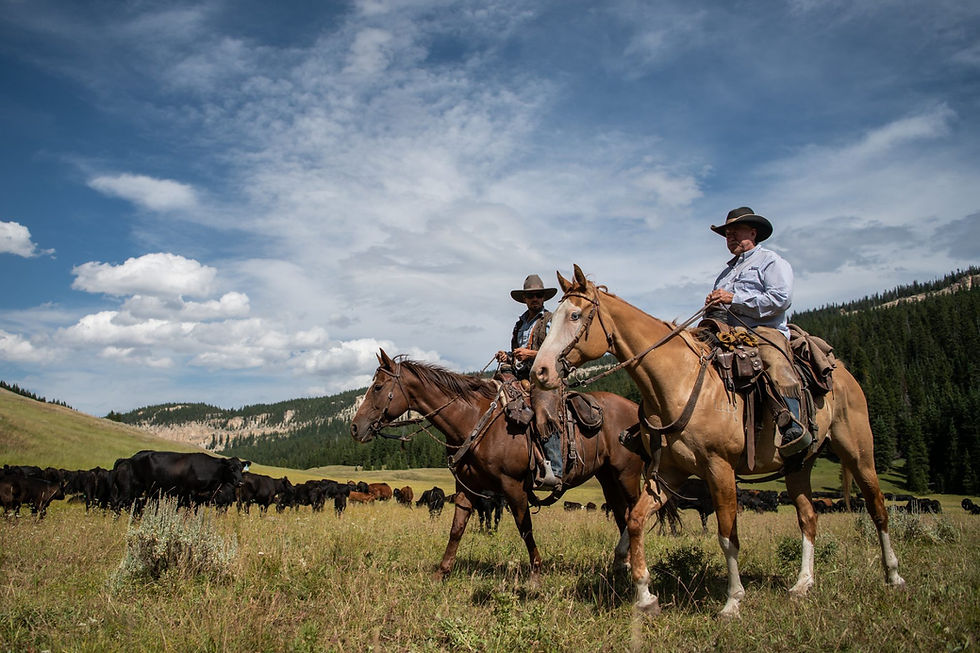
Each rancher is creating a beef product entirely unique to them. Like a thumbprint. Or in this case, beef is just like a wine unique to its vineyard.
But you wouldn’t know that when you buy beef from the store.
Fallacies of the grocery store and the Big Four
Beef from the grocery store has lost everything that made it unique.
First of all it, it’s lost all transparency of origin.
Don’t be fooled. It may say “product of the USA” on the package, but all that means is that it was cut and packaged in the USA. The beef itself could be mystery meat from anywhere in the world.
Even if it was American beef, once it leaves its ranch of origin, it ends up in the feedlot funnel where all beeves are fed the exact same feed rations until they reach a certain weight, so that every steak has the same bland consistent flavor, no matter the origin. Then they head to the Big Four meat packing plants for processing.
The most frustrating thing about the Big Four meat packing plants is that they own our animals for the least amount of time (two weeks) and they profit the most ($500 per head) all the while the ranchers are left barely breaking even and consumers are getting a cheap, bland product. Meanwhile, a 2017 Wyoming census showed that the Wyoming rancher lives and operates on a 2% profit margin. When you put that into numbers, that means a rancher raises their animal for a year and a half and makes $16.
The Big Four meatpackers also don’t want to take the time or spend the money to dry-age their beeves. So they “wet-age” them. This is where the beeves are killed, skinned, gutted and moved to a cool-down room. As soon as the carcass is cold enough (24-48 hours) it is cut and packaged into steaks and it “ages” in the packaging for 2+ weeks. Gross! And to keep it from naturally
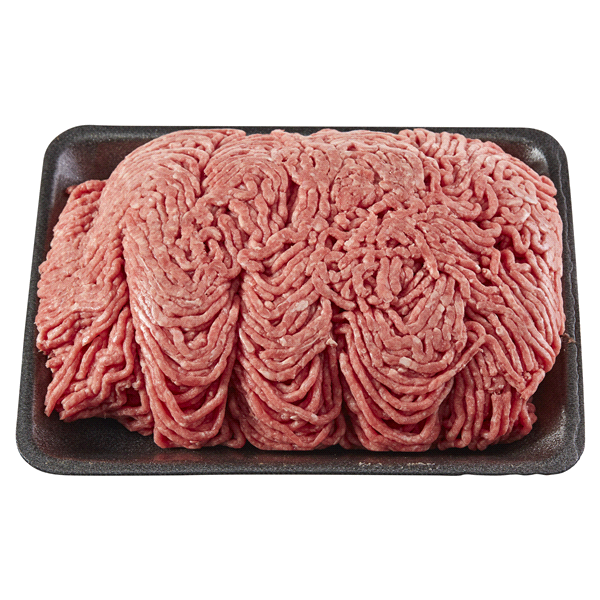
changing colors in the packaging, the packaging has been filled with nitrate gases. Double gross! But they’ve cleverly marketed this as “Fresh, Never Frozen”.
So consumers at the grocery store are paying more money, for b.s. labels, and getting a cheap, bland mystery product with additives that barely supports the families that raised those animals. It would be like paying more money for a cheap, commodity boxed wine and don’t help the vineyards they’ve partnered with!
So why? Why not buy directly from a family ranch?
We’ll get a way better product with actual transparency AND it will actually help support a family operation.
Truly Beef origins, composition & tasting notes
When you buy Truly Beef, you can be 120% confident you are only ever buying beeves bred, born and raised on our ranch in the Bighorn Mountains.
We raise a Gelbvieh Angus cross. Gelbvieh for good disposition and high altitude resistance because it originates from the Swiss Alps, and Angus for marbling.
Our entire herd grazes almost exclusively the very biodiverse native grasses of the Bighorn Mountain range, with the exception of our farmland which we’ve planted a cover crop of flax, vetch, oats, radish and turnip to protect the soil and provide some additional fall grazing.
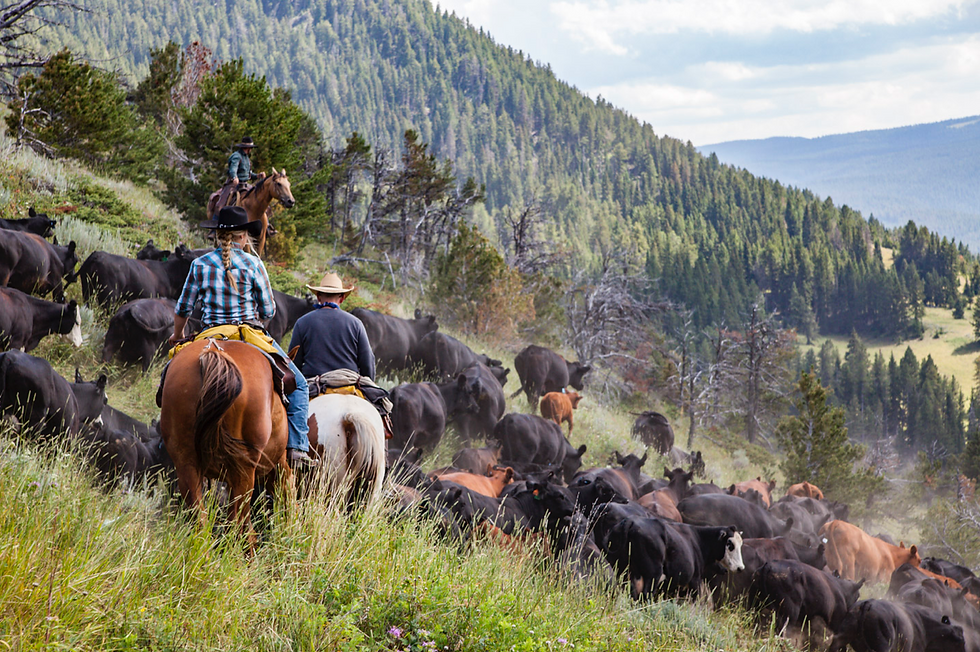
When the cattle are ready to move into our beef program, the best of the best are selected to enter either our grass-finished or our classic pasture and barley-finished program. Our barley finished program is all locally farmed, non-gmo barley that supplements their free-range, pasture diet for the final 120 days.
Then, when the beeves are ready to be harvested they go to Western Heritage Meat Company, the USDA-inspected meat processing plant in Sheridan, Wyoming that we own and operate. There, they are humanely killed, aged for 21 days for optimal tenderness and flavor, and expertly cut and packaged under USDA inspection.
I’m proud of the quality and flavor of our beef! It has a noticeable and pleasant buttery beefy flavor and the subtle earthy sweetness of a variety of wild grasses. It’s not an overwhelming flavor, but if you’ve been buying beef at the grocery store, you’ll notice that the flavor is familiar and actually present. Our beef mixes great with whatever flavors you’re preparing it with but is also great with just salt and pepper.
From the breed we raise, to the grasses we graze, the care invested into the land and animals, our pasture & barley finish, and our extra long dry-age… Much like fine wine, Truly Beef has been thoughtfully crafted for your enjoyment & nourishment.

Want to quit the mystery meat and give our family’s beef a try? You can find it here!


Comments